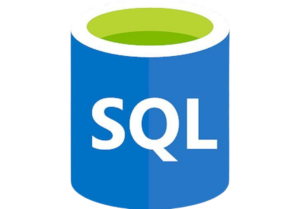Enhancing Student Success with Data-Driven Insights





Education






Technologies:
Challenge
The university faced several operational and academic challenges:

A lack of centralized insights into student engagement and performance made it difficult to identify and support at-risk students in a timely manner.

Classroom allocation was inefficient, leading to overcrowded lecture halls and underused seminar rooms.

Academic, financial, and administrative data resided in disconnected systems, hindering comprehensive performance analysis and decision-making.

There was no mechanism to anticipate enrollment trends, making it challenging to align resources with student demand.
Solution
To address these challenges, we delivered a robust analytics ecosystem leveraging Microsoft technologies:

Centralized Data Integration:
- Unified academic and operational data using Azure Synapse Analytics, enabling streamlined access to historical and real-time information.
- Azure SQL Database provided a reliable and scalable repository for transactional data.

Predictive Analytics for Student Retention:
- Implemented Azure Machine Learning models to predict dropout risks by analyzing attendance, grades, and engagement metrics.
- Integrated actionable insights into Power BI dashboards, enabling academic advisors to proactively intervene with personalized support.

Resource Management Optimization:
- Analyzed space utilization data to design optimized timetables and allocate classrooms based on predicted attendance patterns.

Operational Reporting:
- Developed Power BI reports to provide decision-makers with an overview of enrollment trends, financial performance, and resource allocation.
Results
The university achieved measurable improvements in its operations and student success:

Resource optimization strategies improved classroom utilization by 40%, reducing costs associated with inefficiencies.

Power BI dashboards equipped university leaders with the tools to make data-driven decisions, boosting overall institutional effectiveness.

Predictive models enabled administrators to forecast enrollment and allocate resources accordingly, improving strategic planning.